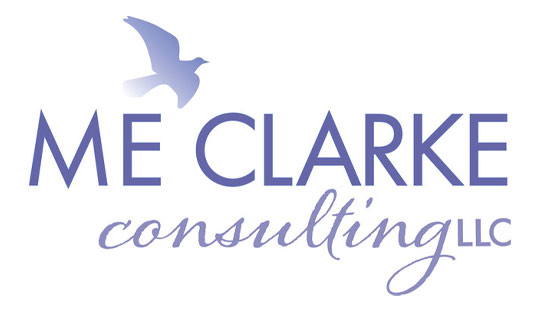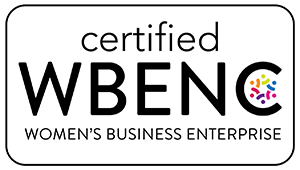Group Agreements: A Key to Productive Meetings
Have you ever been in a meeting with a conversation dominator? Have you ever experienced a meeting where the group leaps from one soap box to another? Do you feel like you want to refocus the conversation but amidst your best efforts, the group continues to go off on a tangent? Do decisions need to be made during your meetings but you can’t seem to come to an agreement?
Or better yet, have meetings become the best time to get through your ever growing unread emails?
In all of these cases, meeting purpose and focus is easily lost and this is why most of us hate meetings. Group agreements or ground rules can be key to returning productivity to meetings. Our experience is that the right set of agreements, decided by the group, is the best way to proceed. And in the cases, where we have failed to set agreements in advance, we always regret it. Without them it is next to impossible to hold each other accountable.
Group agreements are the key to productive meetings if intentionally chosen and used tactfully. It is important to review the group agreement at the beginning of a meeting using a slide or flip chart as a visual for all to see. Then ask the group if they have any changes or additions. This layer of buy-in is a subtle way of practicing consensus building skills for when it is needed later. Then we recommend that you use them! As a meeting facilitator, or even a participant, calling out a group agreement takes courage, but immediately sets the expectation that the agreed upon ground rules will be upheld by the group.
Finally, to reiterate, it is important to pick group agreements that are appropriate for the audience. For example, a confidentiality agreement like “keep it here” would not be appropriate for a meeting where you want participants to be emissaries of information.
Here are a couple of our favorite group agreements that we have created and borrowed from others along with ideas for using them:

ELMO: This simply stands for, “Enough, Let’s Move On”. Given to a group where you know conversations are bound to spiral, this gives the group permission to shout or say “ELMO” and it will quickly dissolve any soap box drama!

Lean In, Lean Out: A simple agreement asking people to be present in the meeting and to each other. “If you are really passionate and leaning into the conversation, self modulate and lean out. On the other hand if you are making your grocery list in your head, self-modulate and lean in.” Another way to frame this is W.A.I.T? Why Am I Talking or Why Aren’t I Talking. Only you can decide your comfortable level of participation and this helps each one of us to be more conscious.

When feeling defensive, ask a question: This is a great way to diffuse tension and generate creativity. Sometimes, what we say or how we say it may strike a chord in someone, causing them to be defensive. Allowing them the space to ask a question brings clarity and even new creative ideas.
Please share the group agreements that have been most effective for you.





Leave a Reply
Want to join the discussion?Feel free to contribute!